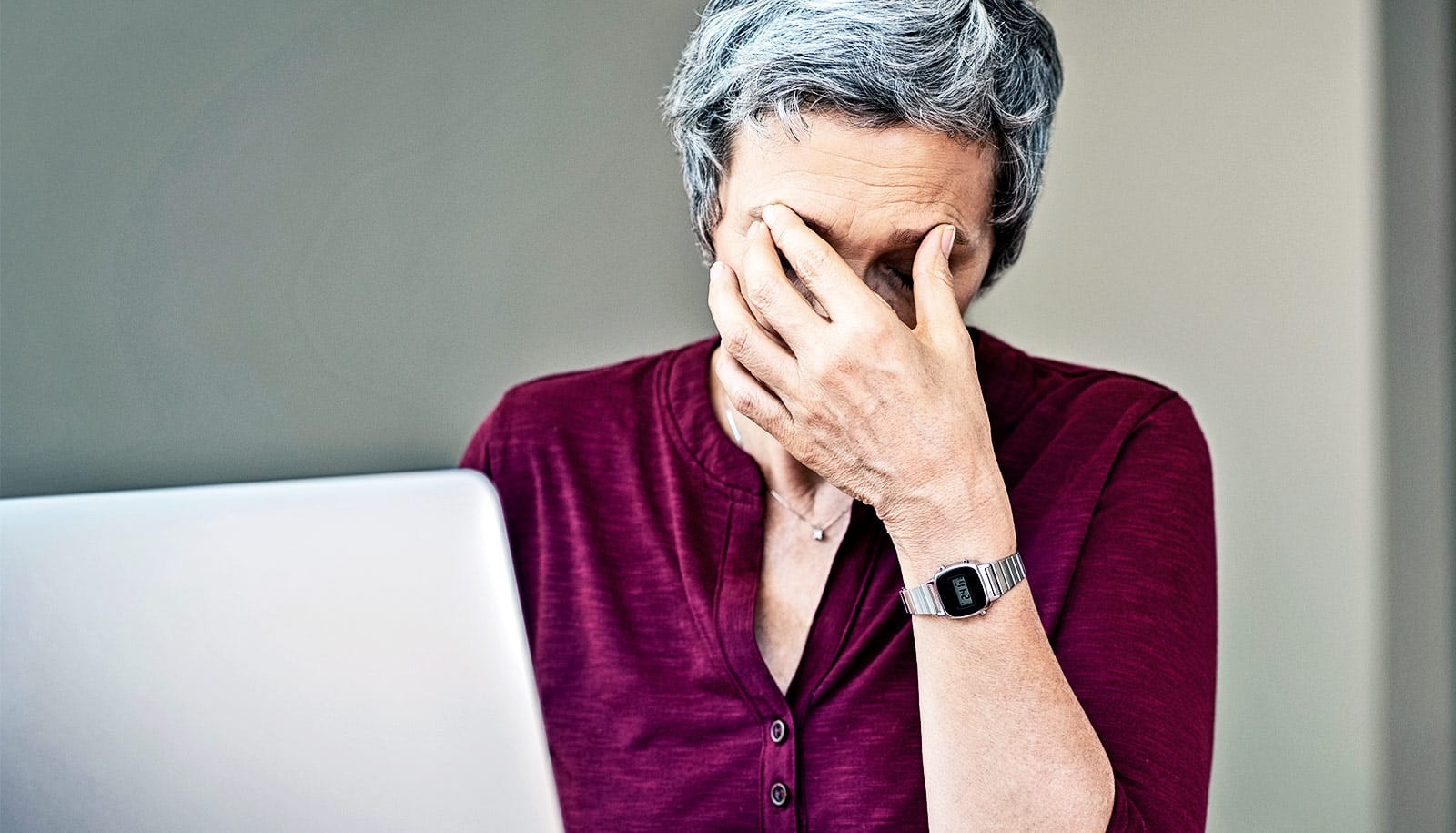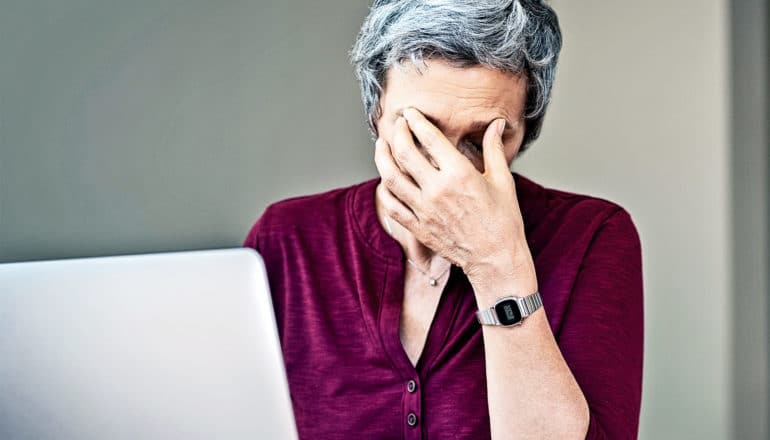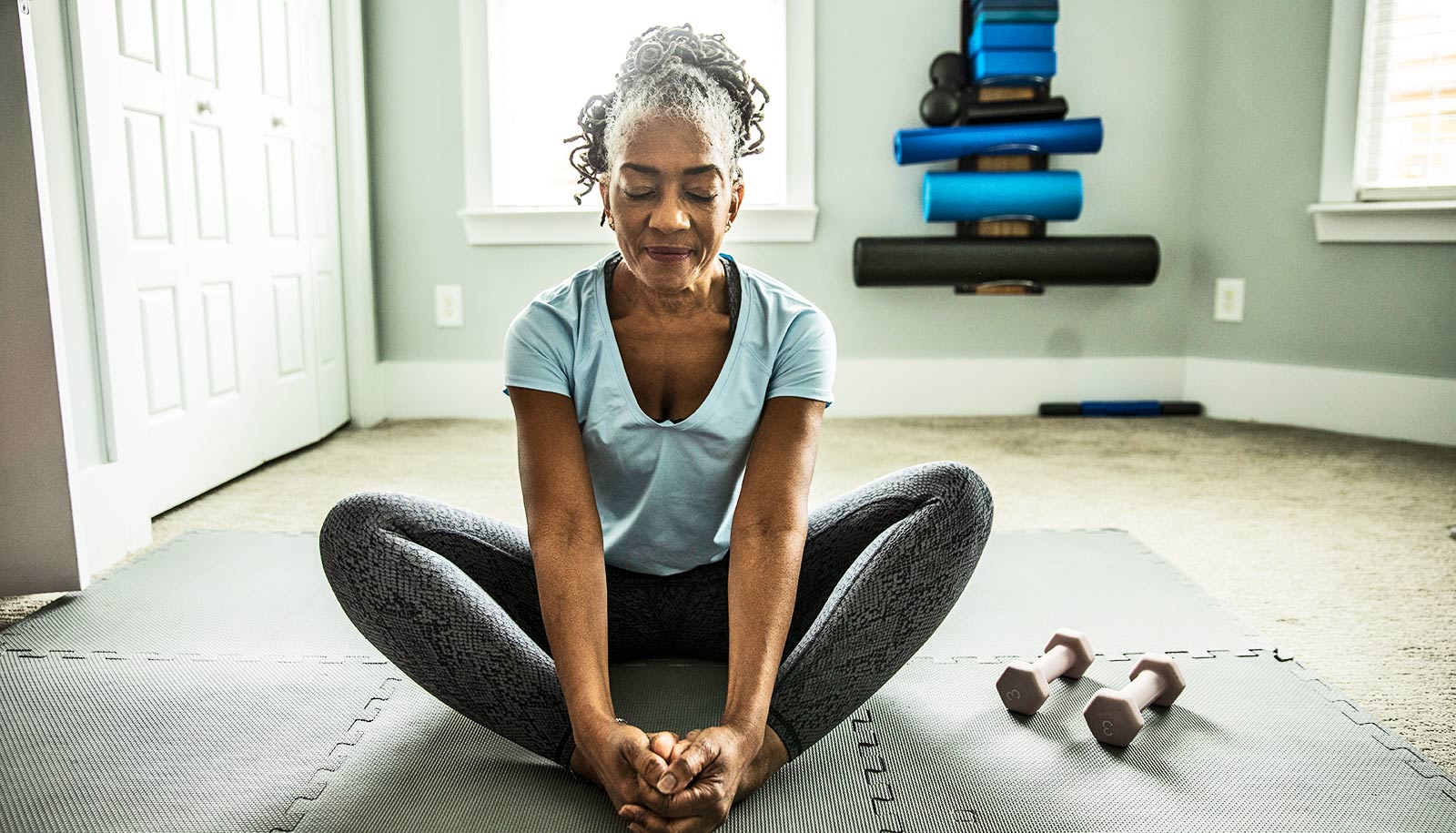
(Credit: Getty Images )
Poll: Most older adults wary of telemedicine
Most people older than 50 aren't ready to embrace virtual health visits with their doctors—unless they're traveling or need follow-up on previous care.

People over 50 aren’t quite ready to fully embrace telemedicine, virtual health visits with their doctors and other providers, a new national poll suggests.
Of those surveyed, only 4% had had a video-based telehealth visit with a doctor via smartphone or computer in the past year. They had mixed reactions.
Meanwhile, more than half of all those polled didn’t even know if their health providers offer telehealth visits at all. More than 80% of older adults polled expressed at least one concern about seeing a doctor or other provider virtually rather than in person. And 47% worried about getting the technology to work.
But more than half said they’d be willing to try telehealth in some situations, for instance if they got sick while traveling or needed follow-up on previous care.
The poll involved a national sample of more than 2,250 adults aged 50 to 80 who answered questions about many aspects of video-based telehealth.
Among the one-third of poll respondents whose health providers don’t yet offer telehealth, 48% expressed interest in trying it with their primary care provider. But fewer would try it for specialty or mental health care.
“As telehealth finally appears poised to live up to its potential, with insurance reimbursement in place or set to begin soon under many plans, and providers increasingly investing in systems, these poll data show a need to focus on the patient side,” says Jacob Kurlander, a gastroenterology specialist and telehealth researcher at the University of Michigan and the VA Ann Arbor Healthcare System who helped lead the poll.
“As the industry moves forward, we should heed the concerns and preferences of our patients, especially those over age 50, who use the most health care.”
What are the reasons for hesitation?
Focusing on certain types of telehealth visits might be a way to help older adults get comfortable with the concept and see its value, notes Preeti Malani, a professor of internal medicine and the poll’s director.
“Telehealth won’t replace in-person medical examinations completely, but for situations where in-person visits aren’t essential, they can save time and resources for patients and providers alike,” she says. “Providers shouldn’t assume older adults aren’t receptive to virtual visits, but they should understand and work to overcome some of the reasons for hesitation.”
For instance, she points to the 64% of respondents who expressed interest in telehealth options if they became unexpectedly ill while traveling, and the 58% who expressed interest in using it for a return visit after seeing a provider in person for an issue.
But 71% expressed concern that providers couldn’t do a physical exam over a webcam or smartphone camera, and 68% worried the quality of care they’d receive wouldn’t be as good. Indeed, among the small minority who had used telehealth, 58% said they felt that office visits offered better quality of care. Nearly half were concerned about privacy.
Low use, high potential
Telehealth as a concept has been around for decades, but has lagged in development until state and federal laws, and insurance plan coverage, aligned with the technical capability of health providers and consumer electronics. Researchers conducted the poll in spring of 2019, as many new policies and coverage provisions began to kick in.
Some of those changes will specifically affect older adults. Starting in 2020, Medicare Advantage HMO insurance plans will be able to reimburse health care providers for seeing patients via computer or smartphone. Veterans have increasing access to telehealth, as do people who receive their health coverage through their employer or Medicaid.
But providers that have begun to offer telehealth options may need to do a better job of letting their older patients know it’s an option, and helping them understand how it works, the poll suggests.
“Many older Americans can benefit from being able to get care through telehealth without long trips to their doctor’s office,” says Alison Bryant, senior vice president of research for AARP. “Telehealth allows people to schedule health-related appointments, request prescription refills, and link to health care providers when time or distance is a barrier. It can also support family caregivers who are taking care of their loved ones.”
Further research is necessary to understand the best uses of telehealth among older adult populations, says Sameer Saini, a gastroenterologist and the acting director of the VA Center for Clinical Management Research, who studies the use of telehealth in specialty care.
“Especially for patient with mobility and transportation issues, who live in rural areas, or who live far from specialty care providers, telehealth could be an important improvement in access,” he says. “But we will need evidence-based approaches to sustain and increase participation.”
Researchers based the National Poll on Healthy Aging results on responses from a nationally representative sample of 2,256 adults aged 50 to 80 who answered a wide range of questions online. The researchers provided laptops and internet access to poll respondents who did not already have them.
AARP and Michigan Medicine supported the work.
Source: University of Michigan
The post Poll: Most older adults wary of telemedicine appeared first on Futurity.
Share this article:
This article uses material from the Futurity article, and is licenced under a CC BY-SA 4.0 International License. Images, videos and audio are available under their respective licenses.
Related Articles:
Patients and doctors seem open to telemedicine
March 25, 2020 • futurityFew older adults talk to docs about stuff like yoga and meditation
July 26, 2022 • futurityLinks/images:
- https://www.healthyagingpoll.org/
- https://www.futurity.org/telemedicine-diabetic-retinopathy-1452032/
- https://www.futurity.org/telemedicine-emergency-medicine-931192/
- https://ihpi.umich.edu/news/virtual-medical-visits-get-wary-welcome-older-adults-poll-finds
- https://www.futurity.org/telemedicine-older-adults-physicians-2173882-2/
- https://www.futurity.org


